Wakefield Arts adapts to virtual world
How have the arts programs at Wakefield adapted to the virtual environment?
December 3, 2020
The COVID-19 pandemic has put a hold on live performances, huge gatherings, and large production locations such as Broadway and the Lincoln Center for the Performing Arts. However, being stuck at home has yet to put a damper on creativity in our evolving arts world. Despite the many challenges placed before them, the different art programs at Wakefield have adjusted to this new virtual world.
When the pandemic began and school transitioned from in-person to online in March 2020, teachers and students had to adapt to the new setting. The theatre, band, visual arts, and chorus classes adapted to the new virtual learning environment.
One main issue with taking a performance, visual art, or instrumental course online is the possible lack of student engagement. It can be difficult to measure how well the students are doing in class when they may never even turn on their cameras. Theatre teacher Paul Orsett, believes that students have had to rethink how they receive information from their teachers, and teachers have had to readjust the delivery of their material.
“Due to this new reality, engagement has ramped up for some and for others has become overwhelming,” Orsett said. “And everything in between.”
Art teacher Dawn Valentino, has seen a shift in student engagement in her online classes.
The Arts, in general, have been challenged throughout history and have survived each and every time because they are essential to us as human beings
— Orsett
“It is harder to reach the distracted students and the ones who have home obligations out of their control,” said Valentino.
Maintaining students’ attention requires new and creative thinking, especially because it can be hard to know what goes on behind some students’ screens.
“Using technology that students use daily in their lives, (Youtube, Instagram, Facebook, TikTok, Twitter),” Orsett said, “has really opened up possibilities.”
Maintaining the momentum of creativity is important in an art class, and virtual learning can drag things out and provide space for confusion and lack of communication so teachers have dedicated time and resources to eliminate this obstacle.
“I use Remind to help students with questions,” Valentino said. “And use a document camera to show examples quickly as well as print student sketches out, draw on them and return them to help.”
While teachers are incredible at improvising, everyone experiences success and failure in their professional lives. Trial and error with online lessons is a key factor of finding what works and what will be put on the back burner while creating virtual art lesson plans. Programs such as the Theatre Department have adapted some of their normal events for the fall to take place virtually.
“When we ran our Haunted [House] Attraction, we had people join from Massachusetts and Pennsylvania while we were hosting here in North Carolina!” Orsett said.
Band program director Brian Munoz has helped his instrumental students stay engaged online by using online apps to explore music composition, theory and fundamentals.
“We’re doing a lot of the same things we normally do,” Munoz said. “We just have to approach them a different way.”
Wakefield High School senior, Matthew Jones is currently enrolled in Visual Arts 4. He believes that the arts have adapted well to the virtual environment this year, but will be a wake-up call for future art students.
“[Virtual schooling] will teach future students to not take advantage of the wonderful aspects of art in person,” Jones said.
Throughout the history of the arts, especially in schools, they are typically under-funded and are often questioned about whether their existence in a school setting is necessary or not. Moving online has made it more difficult to have a footprint on the school, however, the arts and creative thinking are more important now than ever before.
“The Arts, in general, have been challenged throughout history and have survived each and every time because they are essential to us as human beings,” Orsett said.
Despite the COVID-19 pandemic throwing a curveball at the arts and live interactions, the many creative thinkers that the arts have produced have innovated and invented new ways to create an even stronger bond in the art world. The arts at Wakefield are an essential part of the community and have a positive impact on our atmosphere, and will continue to evolve and in the current virtual world.



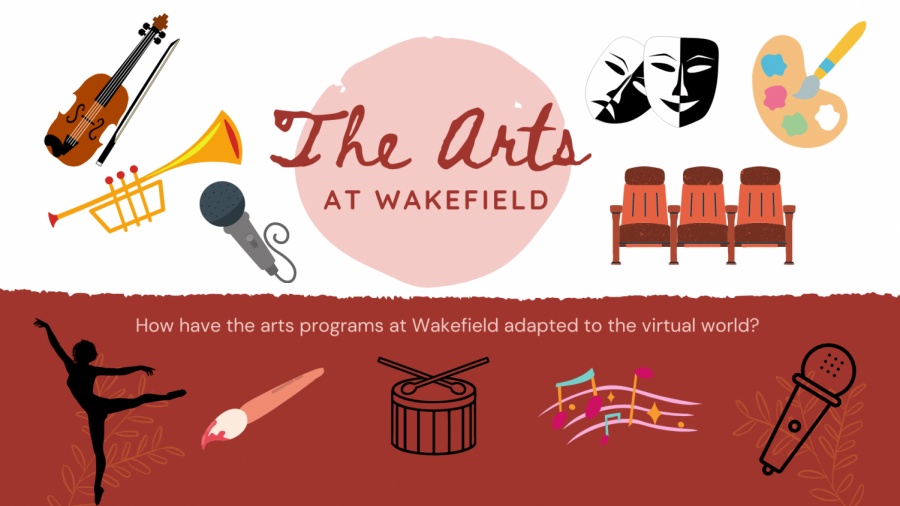
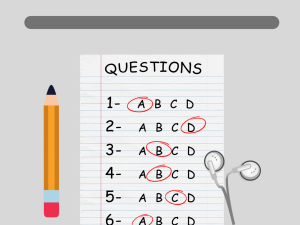



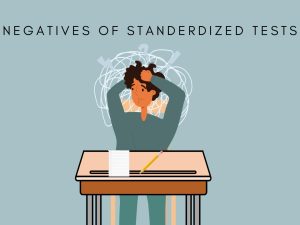
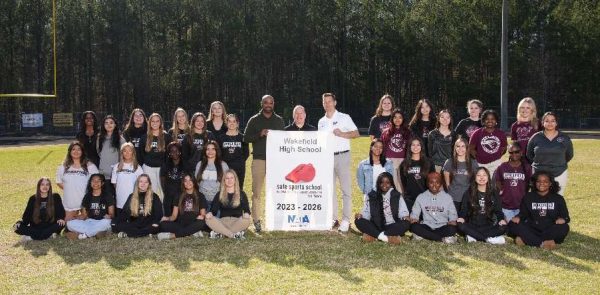
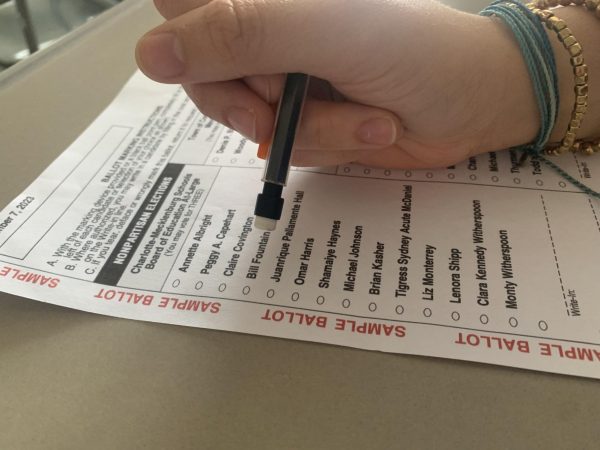

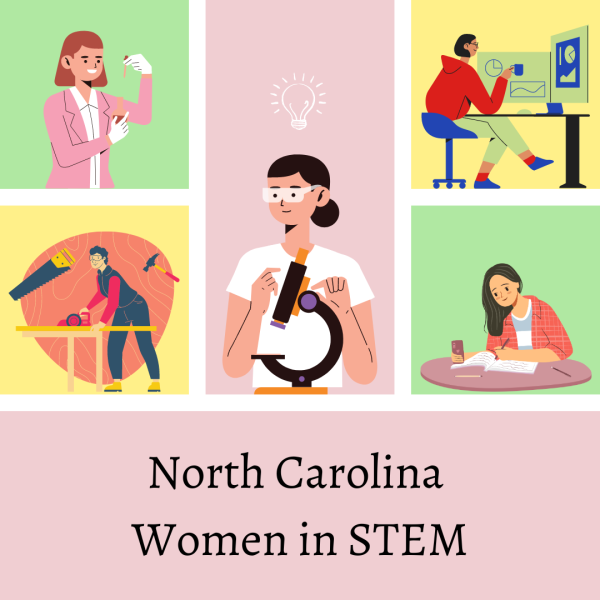
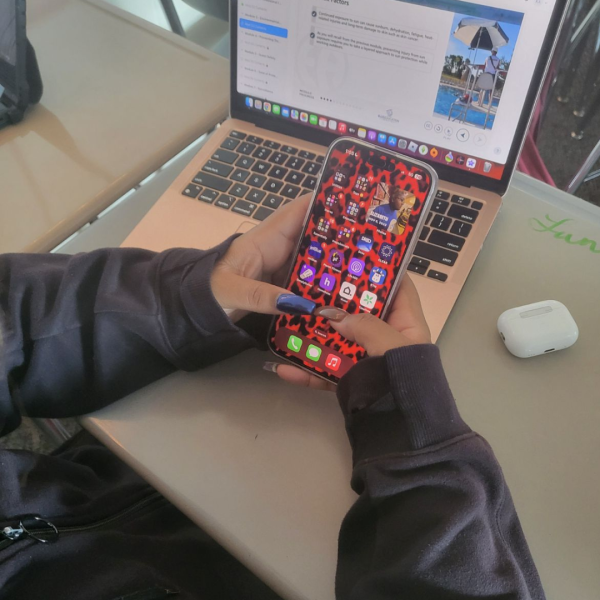
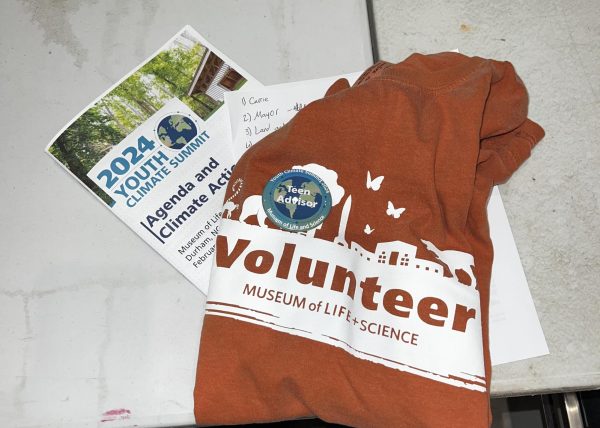
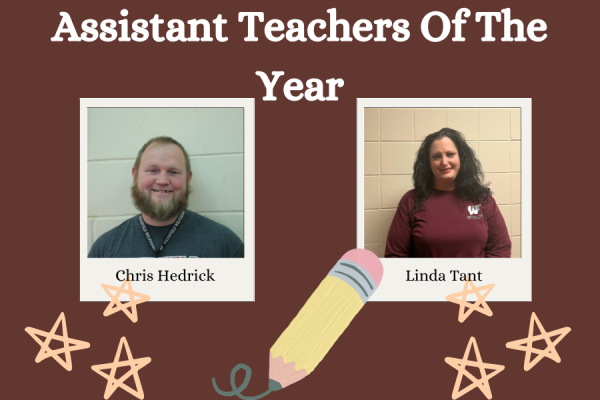
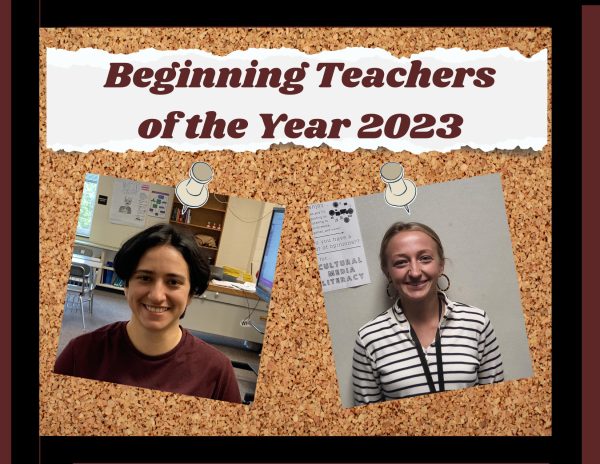
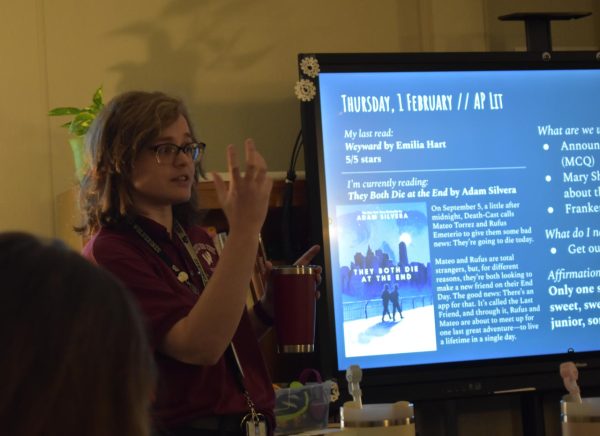
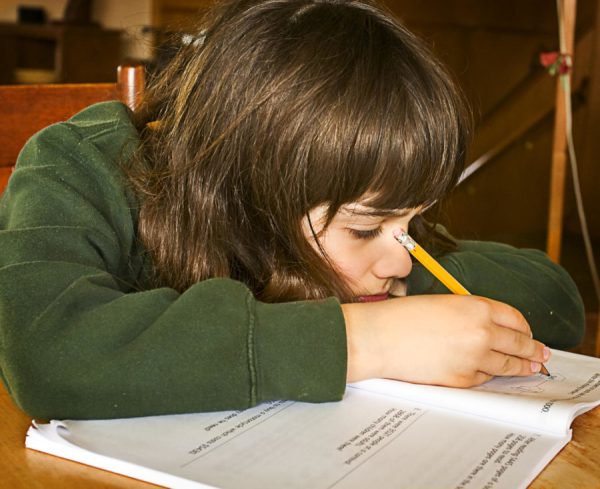
Lanna • Dec 9, 2020 at 2:43 pm
Yay this is such a great article! You beautifully expressed how the arts are so important to everyone and how teachers are doing such a great job adapting. I love how articles like these focus on the positive in what can be difficult and negative times to many.